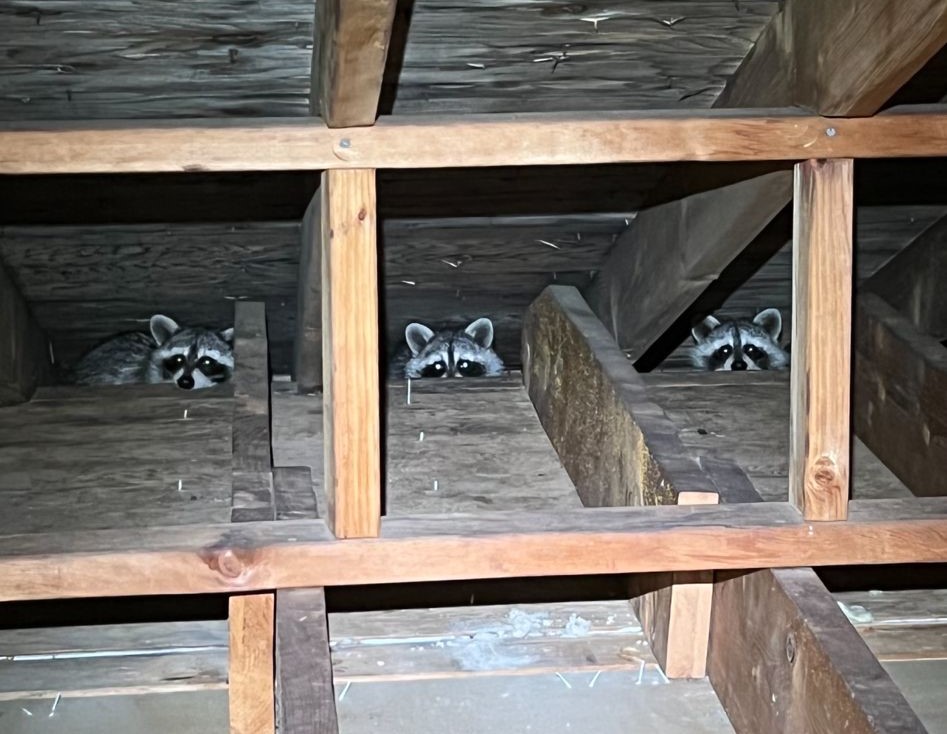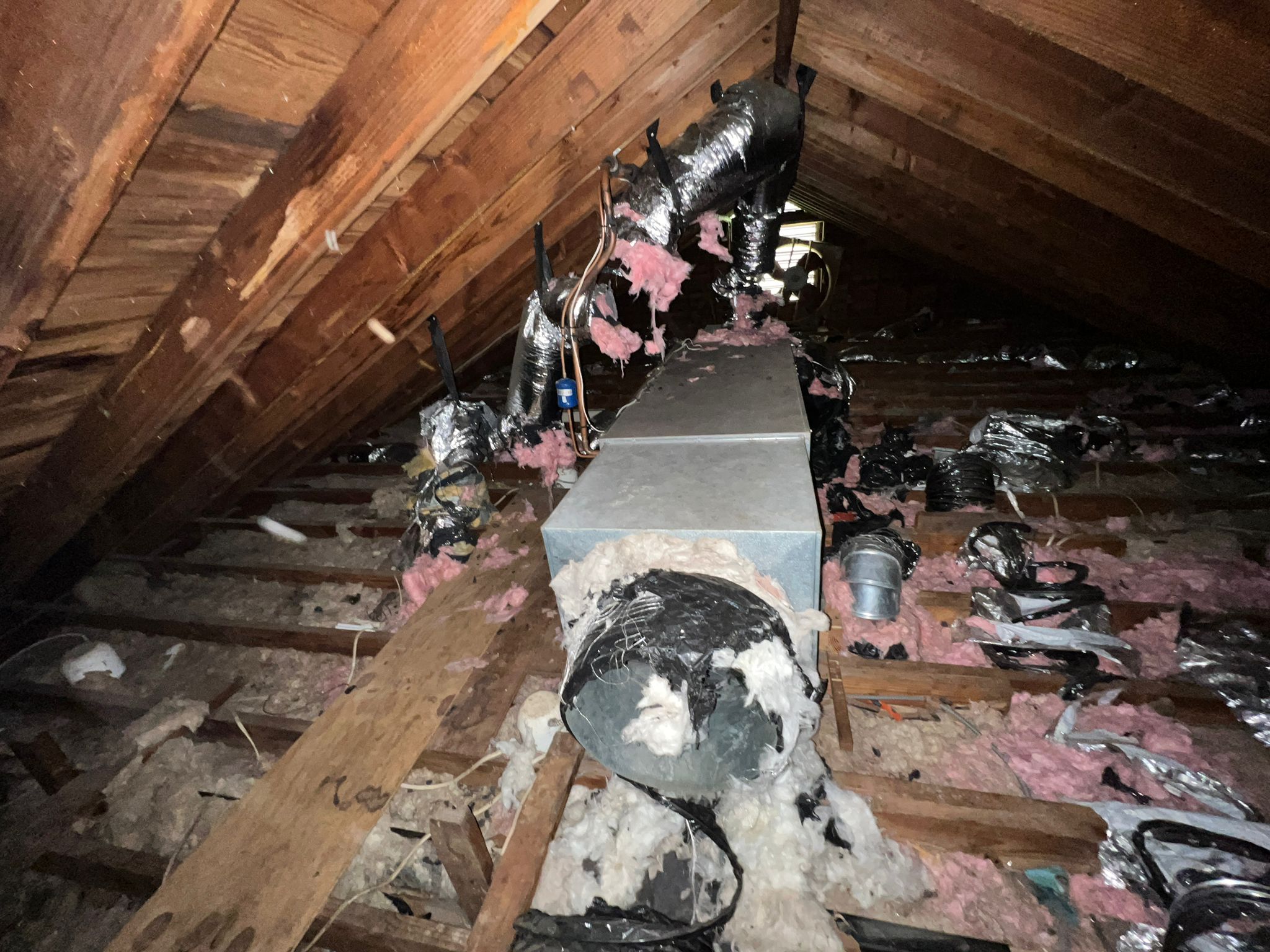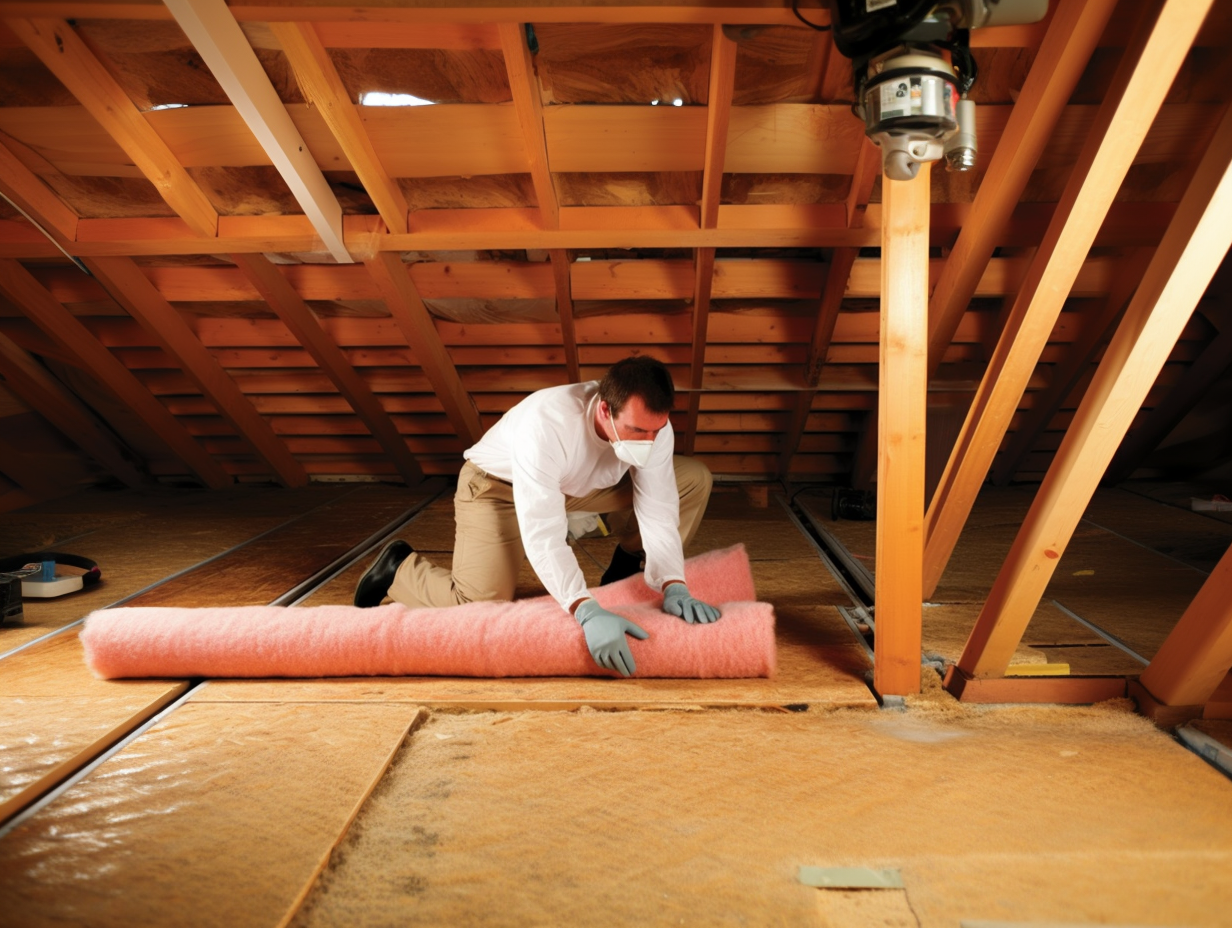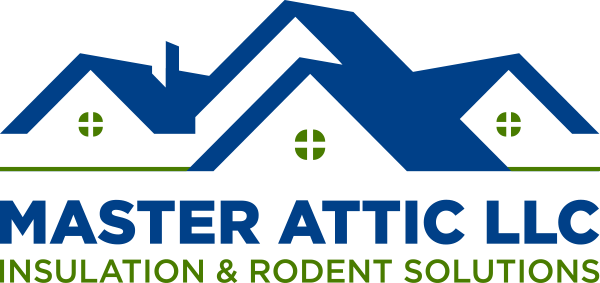
5 Tips On How To Get Rid Of Raccoons In Your Attic
5 Tips On How To Get Rid Of Raccoons In Your Attic Table of Contents 5 Tips on How to Get Rid of Raccoons in
We use our attics for more than storing old furniture items and clothing. Our attics protect us from outdoor elements such as humidity, bitter cold, and extreme heat. Proper attic insulation is necessary for your attic to do its job efficiently.
Installing insulation isn’t regularly a DIY project you can complete overnight; it’s a trade that a professional handles for effective insulation installation. Without the use of a trained professional, you can make not only costly mistakes but harmful ones too if not installed properly.
It’s best not to waste time attempting this as a DIY project and leave it up to the professionals. As you continue reading below, we’ll discuss common attic insulation mistakes and how the experts fix them.

Here are five attic insulation mistakes and how the experts fix them.
Insulation in our homes is a barrier that protects our homes and slows down how fast heat and cold enter and leave. Insulation is only part of this process. To prevent air from leaking between rooms, you’ll want to remember to seal the following:
As time passes, air leaks can affect the air quality of your home by bringing in outdoor pollutants such as dust, mold, and dirt. Insulating your attic can prevent these contaminants from entering your home and keep your indoor air clean.
Depending on the type of air leak in your home, you’ll need to choose the appropriate product:
One of the most vital steps in installing insulation is to use suitable materials. To choose the best attic insulation for your home, you’ll need to consider the environment of your attic, indoor air quality, costs, if it’s eco-friendly, etc. One of the most popular types of attic insulation is batt insulation because of its affordable and easy-to-install materials.
When installing batt insulation, research its R-value for your area to see how well it can resist heat flow. The higher the R-value your insulation has, the more effective it can be. The R-value of insulation is determined by its thickness, aging, moisture content, and density.
The amount of insulation that your attic requires depends on a few factors, such as:
You should contact a trained professional to find out what type of insulation is best for your attic.
When installing attic insulation, many believe they must remove their old insulation first. While this is mostly true, especially if your insulation has damage, it’s not always necessary. If your attic insulation has mold, mildew, or rodent damage when adding a layer on top, it encapsulates the older insulation under and traps moisture, This can expose your family to harmful toxins, and would be recommended to remove it first.
Before you remove your insulation, here are some key points to remember:
One of the most common mistakes made when installing attic insulation is not using enough materials. Putting up insulation may seem easy, especially if you’re installing batt insulation, but it takes time to ensure the job is done correctly. To ensure you install insulation correctly, you should do the following:
Proper ventilation is essential in your attic. It’s also necessary to know where you should see gaps and ensure that vents remain uncovered to ensure adequate ventilation. Many homes contain soffits that allow air to travel through your attic. Proper airflow can prevent humidity problems and extend your roof’s life.
When installing attic insulation, do not cover any vents so you can prevent mold from forming. Mold growth can destroy your attic insulation and create health problems for those in your home.
With efficient attic insulation, you can lower your energy bills and keep your home comfortable during every season. Unfortunately, if you make these common mistakes, your home can end up cold during the winter and hot during the summer. Using a trained professional is The best way to avoid common insulation mistakes.
At Master Attic, our professionals specialize in installing attic insulation using only high-quality materials to improve your home’s energy efficiency. Our professional will conduct a thorough assessment, install your insulation, and perform a final inspection to ensure the job is done right.
If you’re considering attic insulation for your home, call us today for a free estimate.
In most cases, if the insulation is 10 years or older it’s not recommended to add insulation layers on top. If not done correctly this can cause moisture and mildew issues in the future.
To prevent air leaks, you should seal all air gaps.
When installing attic insulation, you should keep all vents clean to ensure proper ventilation in your attic.

5 Tips On How To Get Rid Of Raccoons In Your Attic Table of Contents 5 Tips on How to Get Rid of Raccoons in

How To Insulate Your Crawlspace Effectively The most crucial home space, often overlooked by homeowners, is typically a narrow, unfinished subterranean dirt floor called the

A Homeowner’s Guide to Attic Maintenance As homeowners, we probably should be paying more attention to ensuring we have a well-maintained attic. Since the attic

We strive endlessly to provide a service like no other; quality, safety and comfort is our #1 priority for your family.
Fully Licensed and Insured
NJ # 13VH09509100
PA # 147980
Look out for a confirmation email!
A Master Attic Pro Will Reach Out To You Shortly
